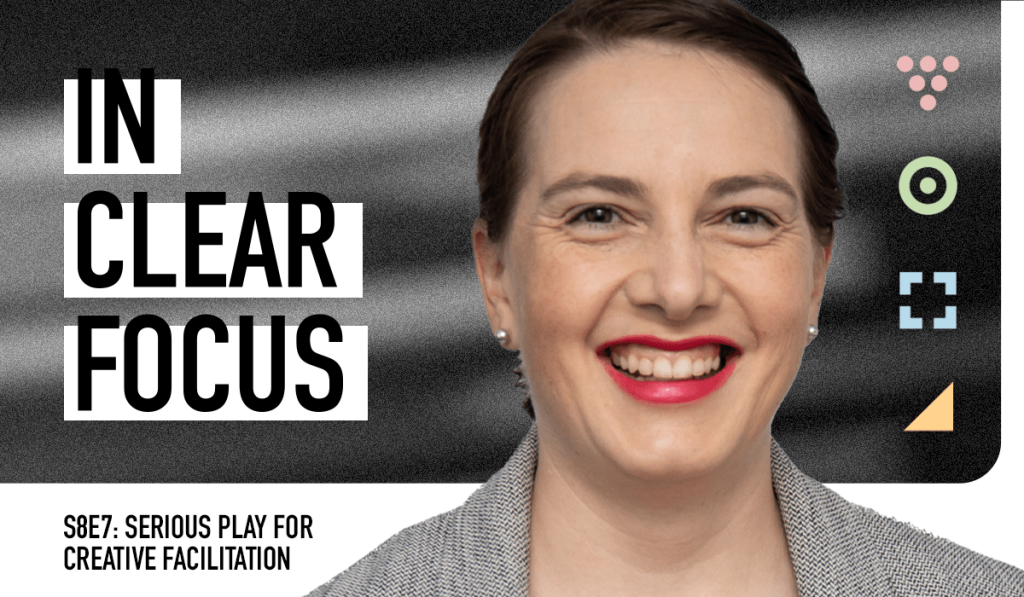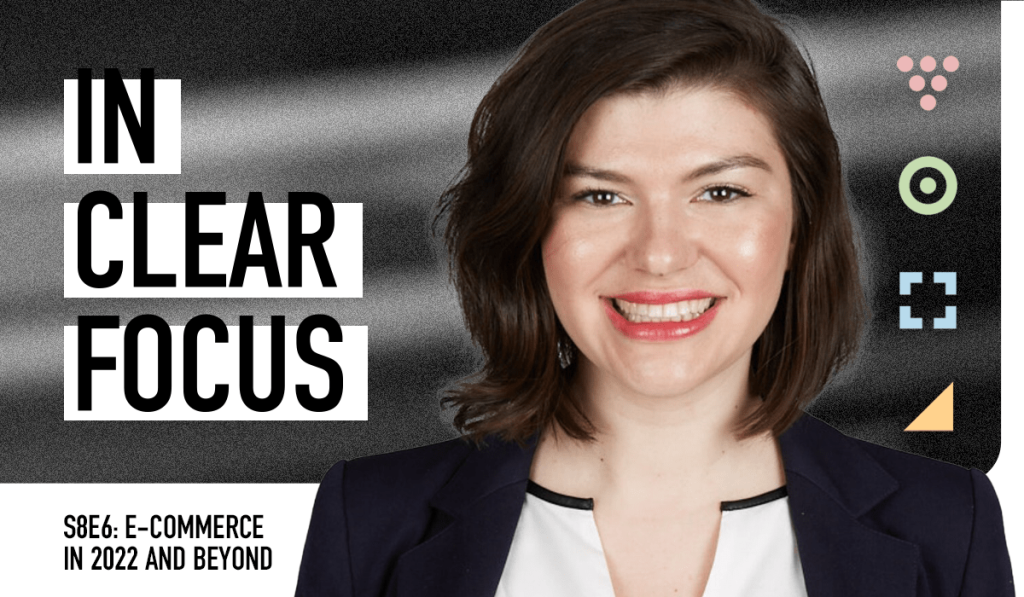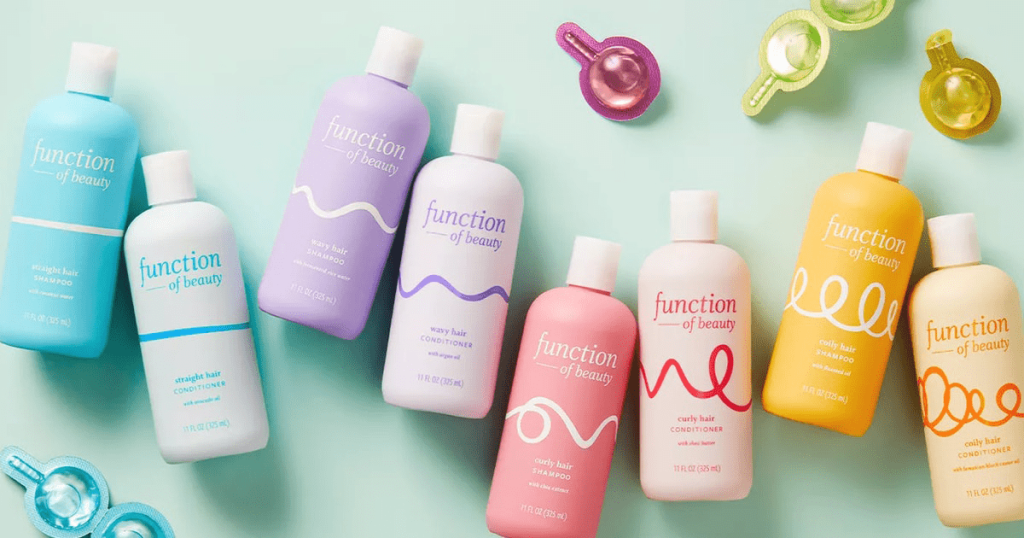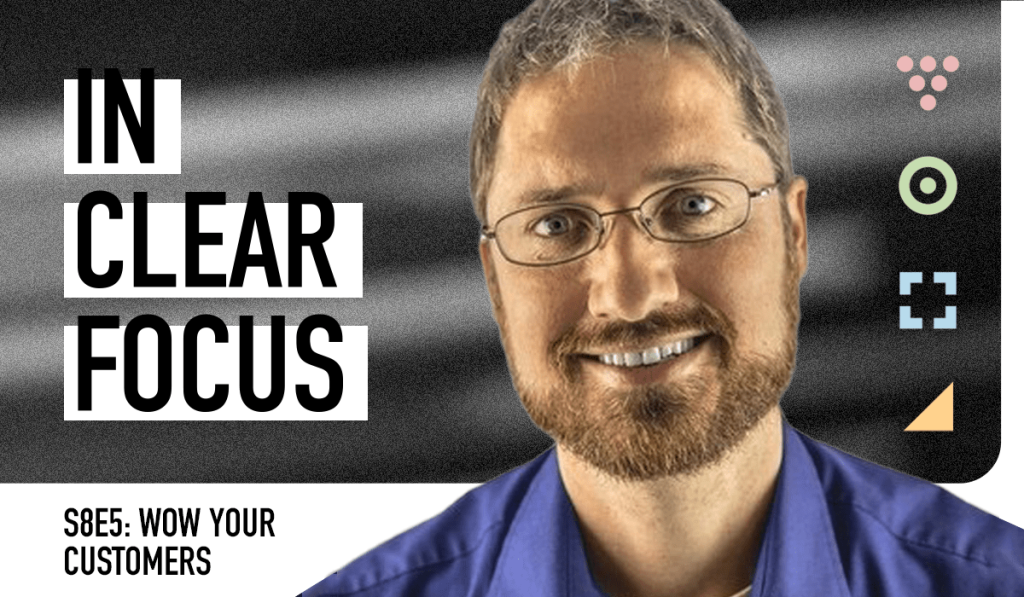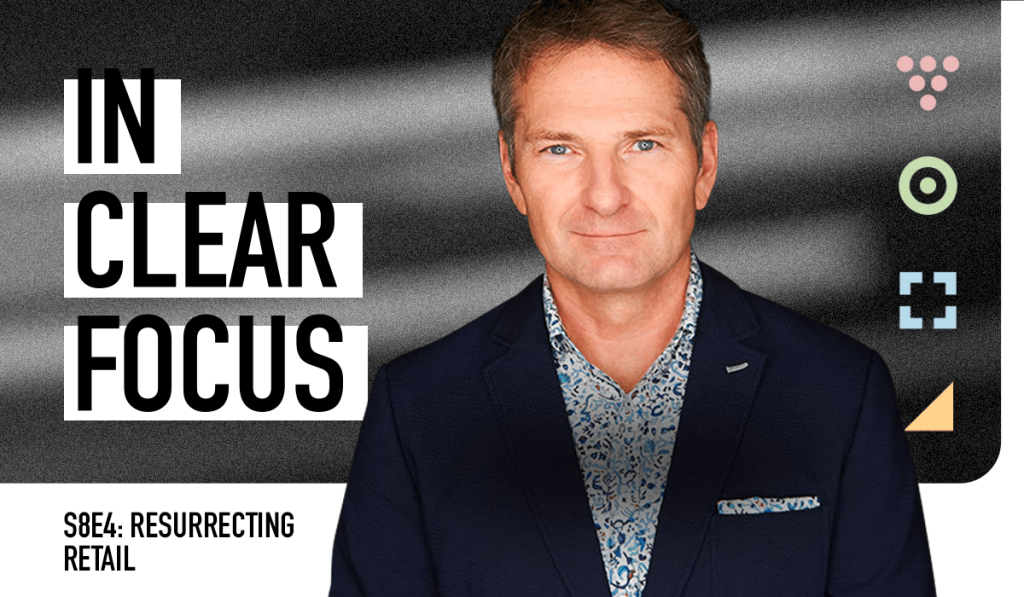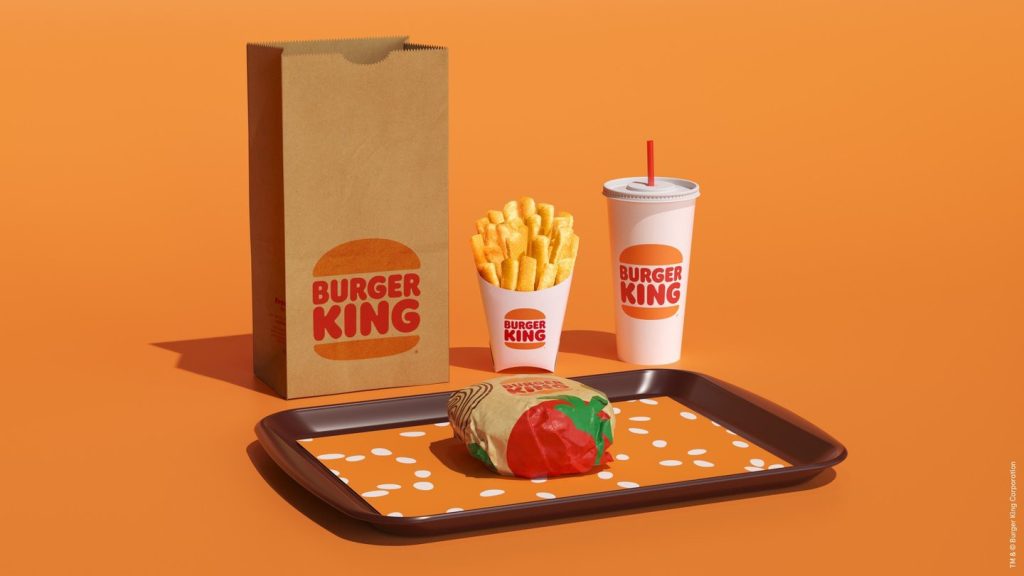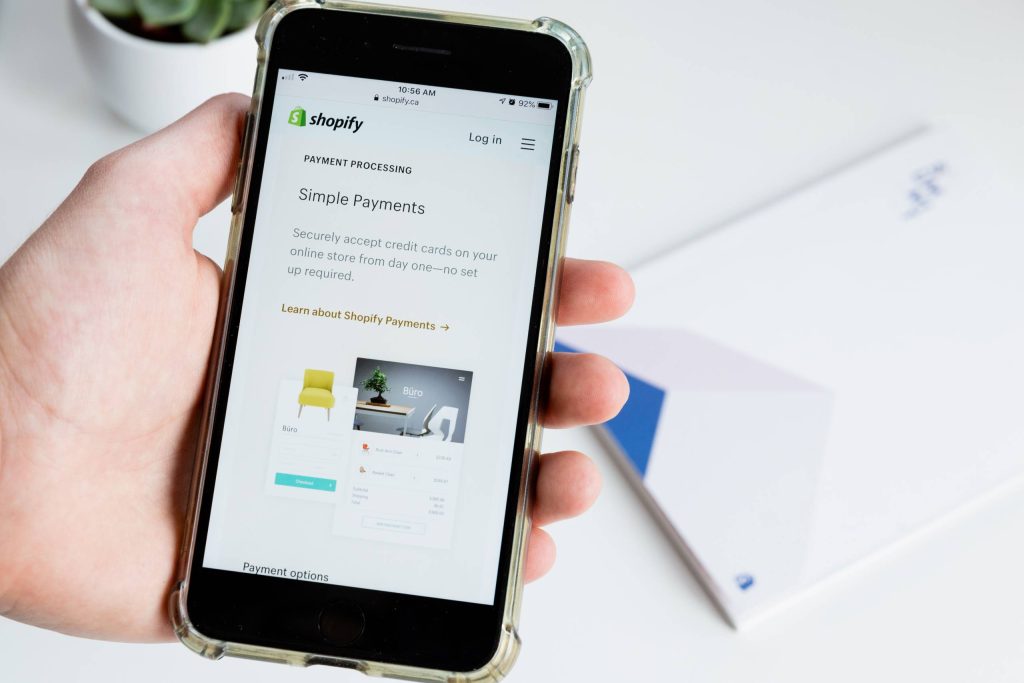Serious Play for Creative Facilitation with Chantal Schmelz
Chantal Schmelz is a facilitator, strategist, lecturer, and marketer based in Zurich, Switzerland. Chantal explains how she uses the LEGO® SERIOUS PLAY® Method to break down barriers between participants and generate breakthrough ideas. Chantal shares consumer insights based on her work in Europe and the Philippines, and contrasts e-commerce in developed countries with what she sees in the developing world – plus how WEConnect connects women-owned businesses with buyers globally.

